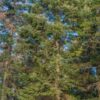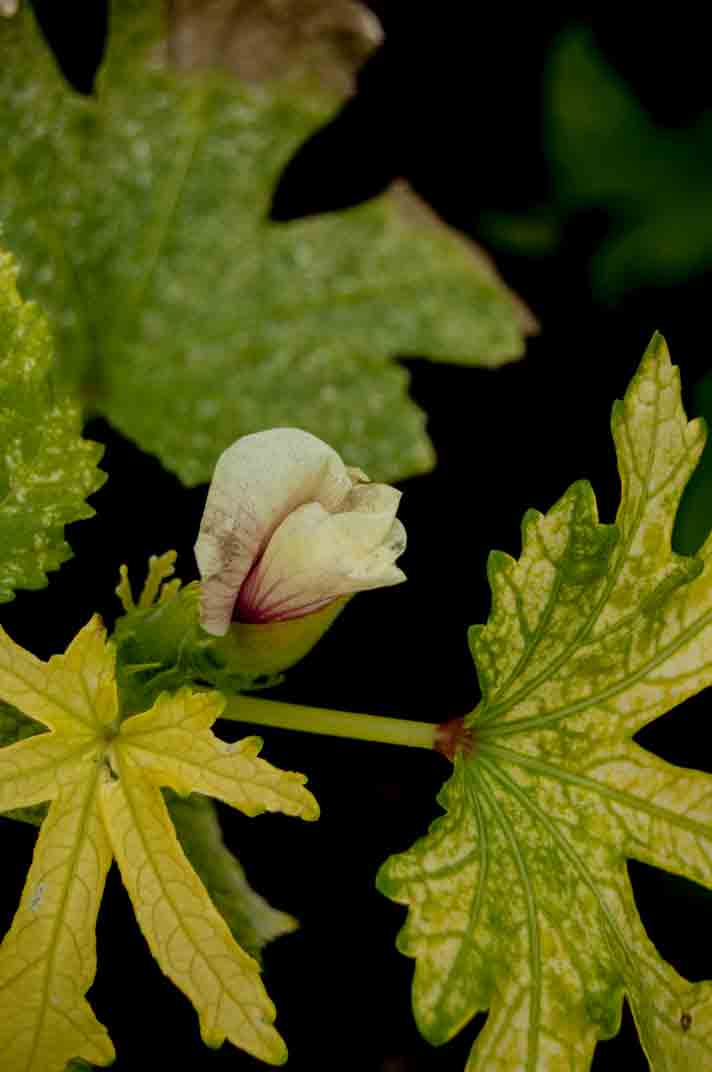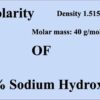Molarity of 50% (w/w) Sodium Hydroxide (NaOH)
A 50% (w/w) concentrated Sodium hydroxide solution is a clear colorless liquid. It is an aqueous solution of Sodium hydroxide (NaOH). The 100 g of 50% Sodium hydroxide solution contains 50 g of NaOH. To calculate the molarity, one must first calculate how much Sodium hydroxide is present in 1 L of 50% Sodium hydroxide solution. Once we know the amount of Sodium hydroxide present in 1 L solution, we can calculate the molarity of the solution by dividing the NaOH amount by the molecular weight.



